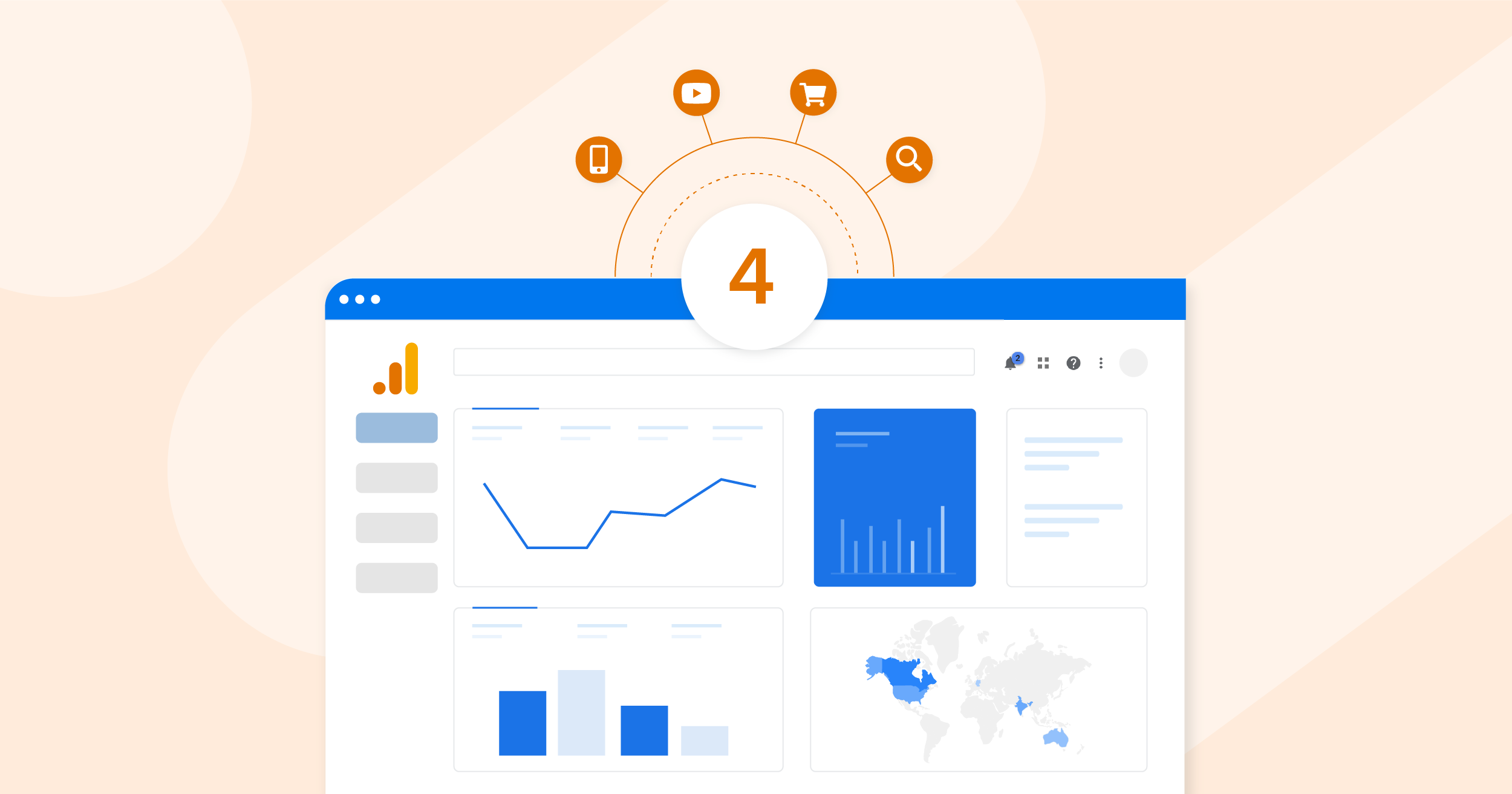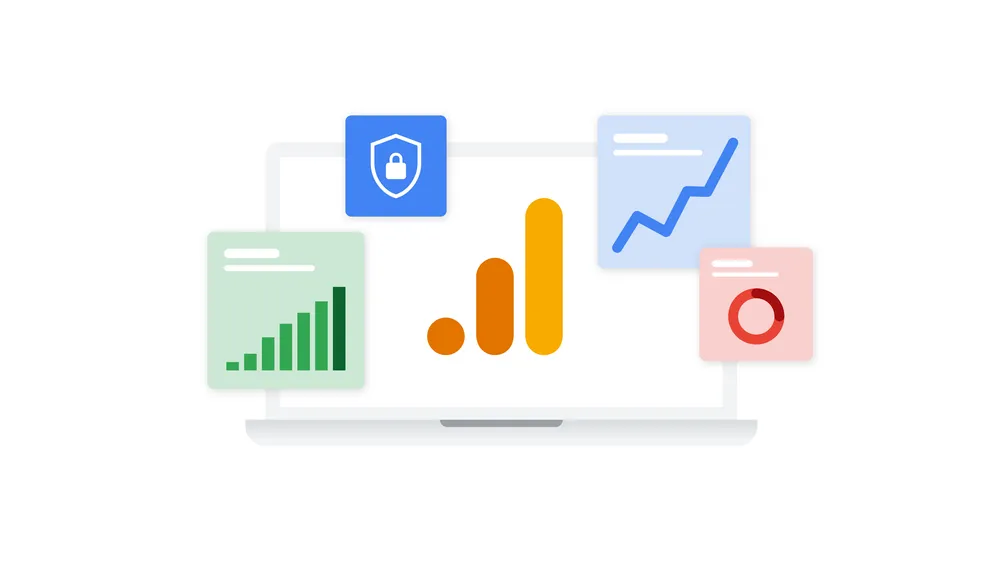Unpacking the Mystery: When Does the Google Analytics Tracking Code Send an Event Hit to Analytics?
Unpacking the Mystery: When Does the Google Analytics Tracking Code Send an Event Hit to Analytics?
Blog Article
Master Site Insights With Accurate Google Analytics Tracking Code
The effective usage of Google Analytics pivots on the precise implementation of its monitoring code, a basic step typically ignored by internet site owners. This relatively simple JavaScript fragment, when appropriately positioned, ends up being the backbone of data collection, offering understandings into individual habits and internet site performance. Nevertheless, challenges can develop during configuration, possibly skewing the data and leading to mistaken choices. Recognizing these details is essential for taking full advantage of the benefits of analytics. What are the common mistakes that could undermine your monitoring initiatives, and just how can you guarantee accuracy in your technique?
Comprehending Google Analytics Fundamentals
Google Analytics is a crucial device for site proprietors and marketing experts, supplying very useful insights into individual behavior and web site efficiency. At its core, Google Analytics gathers information regarding visitors to a site, allowing customers to evaluate metrics such as web traffic sources, individual interaction, and conversion prices. Comprehending these fundamentals is essential for optimizing a web site's performance and enhancing user experience.
The system uses cookies to track interactions, videotaping data such as page views, session durations, and bounce rates. This information is aggregated and presented with customizable control panels, making it possible for individuals to visualize fads gradually. Key performance indications (KPIs) can be monitored, such as the total variety of individuals, new versus returning visitors, and the geographical distribution of the target market.
Moreover, Google Analytics provides segmentation functions, permitting individuals to isolate particular website traffic sources or customer demographics for even more targeted analysis. By grasping these fundamental aspects, site proprietors can make enlightened choices regarding web content technique, advertising and marketing projects, and total website improvements. Eventually, understanding Google Analytics essentials is crucial for leveraging information to drive development and accomplish organization objectives successfully.
Establishing Up Your Monitoring Code

Replicate the given tracking code and paste it right into the HTML of your website. Preferably, this code needs to be positioned in the header area of every page you wish to track. This ensures that the monitoring code loads before any kind of other material, enabling it to record data properly. If you are using a content administration system (CMS) like WordPress, there are plugins offered that simplify the integration process.
After installment, confirm that the tracking code is operating correctly by making use of Google Tag Aide or the Real-Time records in Google Analytics - when does the google analytics tracking code send an event hit to analytics?. This action is important to verify that your information collection is active and exact, setting the foundation for insightful evaluation
Common Tracking Code Issues
Lots of internet site proprietors come across typical issues with their Google Analytics tracking code that can hinder data collection and evaluation. One prevalent problem is incorrect installation. This may take place when the monitoring code is positioned in the incorrect section of the web site's HTML, often causing missing or insufficient data. In addition, having several instances of the tracking code on a single page can cause inflated metrics, as customer interactions may be counted extra than when.
One more problem develops from the use of ad blockers, which can avoid the tracking code from performing altogether, hence skewing information. when does the google analytics tracking code send an event hit to analytics?. Additionally, failure to configure filters properly can cause the exemption of vital web traffic sources or the incorporation of unwanted recommendation spam, misshaping the information collected
Internet site proprietors may additionally overlook the relevance of tracking code updates, specifically when moving to Google Analytics 4 (GA4) from Universal Analytics. Finally, not enough screening before launching adjustments can cause undetected mistakes in the monitoring code, further making complex data integrity. Attending to these usual problems is vital for making certain exact tracking and informative analytics.
Studying Site Data Properly
Precise data collection is just the very first step in leveraging Google Analytics; the genuine value hinges on properly assessing that data to drive informed decision-making. To accomplish this, it their explanation is necessary to recognize essential performance signs (KPIs) that align with your company objectives. Emphasis on metrics such as conversion rates, customer engagement, and web traffic sources, as these will certainly offer insights into customer actions and the total effectiveness of your website.
Using Google Analytics' segmentation functions enables a much deeper understanding of your audience. By damaging down data right into details demographics, habits, and web traffic channels, you can reveal patterns and patterns that educate targeted methods. Applying custom records and dashboards can improve this process, allowing quick accessibility to essential data.
Furthermore, on a regular basis evaluating data trends in time helps to identify abnormalities and chances for enhancement. Utilize visualization tools to existing information in a conveniently absorbable style, helping with more effective interaction with stakeholders. Ultimately, the capacity to evaluate website data successfully encourages services to make calculated decisions that enhance user experience, enhance advertising efforts, and drive growth.

Ideal Practices for Accurate Monitoring
Carrying out effective tracking techniques is vital for obtaining trusted data in Google Analytics. To guarantee exact monitoring, start by appropriately installing the Google Analytics tracking code on every page of your web site. This can be accomplished via a tag supervisor or by directly installing the code right into the HTML.
Following, configure your Google Analytics account to omit internal website traffic. This can be done by establishing filters that recognize and get rid of sees from your organization's IP address, thus protecting against skewed information. Furthermore, make use of event tracking to keep track of certain user interactions, such as downloads or video plays, which typical page views might ignore.
On a regular basis audit your monitoring configuration to verify that all functions, such as goals and ecommerce monitoring, are functioning correctly. Develop a regular naming convention for your projects and occasions to assist in much easier coverage and analysis.
Finally, think about leveraging UTM parameters for campaigns to obtain understandings into the performance of different advertising initiatives. By following these finest practices, you can enhance the precision of your information collection and analysis, eventually resulting in even more enlightened decision-making for your internet site.
Conclusion
Precise execution of the Google Analytics tracking code is necessary for mastering website insights. By guaranteeing the tracking code is correctly positioned and consistently examined, site proprietors can catch important user interaction information, therefore helping with the identification of key performance signs. Efficient evaluation of this data, combined with adherence to ideal techniques, allows notified decision-making and the optimization of online approaches. Inevitably, a robust monitoring structure Read Full Article enhances the capacity to drive interaction and boost general website efficiency.

Not enough testing prior to releasing adjustments can result in undetected errors in the tracking code, additionally making complex data integrity.Carrying out reliable tracking web techniques is vital for acquiring reputable data in Google Analytics. By ensuring the tracking code is appropriately placed and regularly investigated, website owners can catch crucial user interaction data, hence facilitating the recognition of essential efficiency indicators.
Report this page